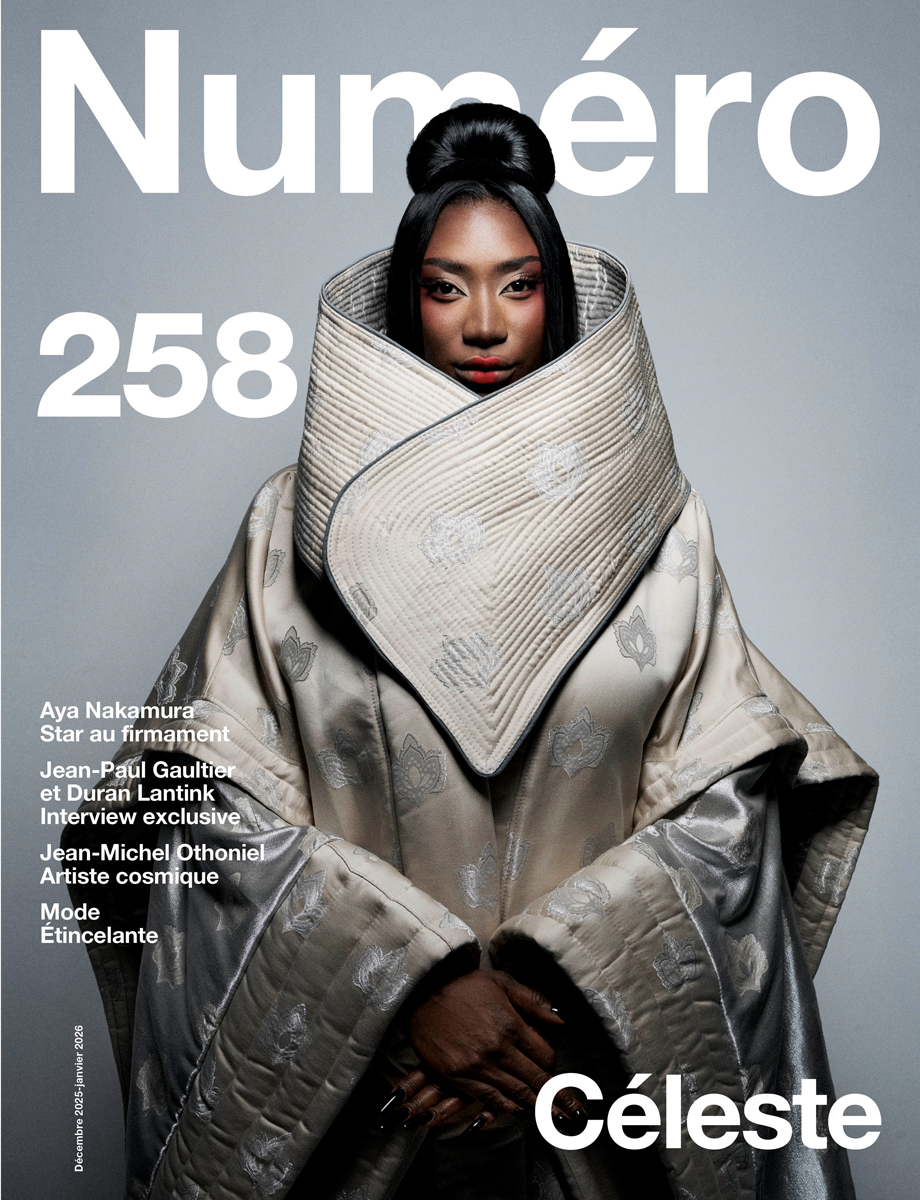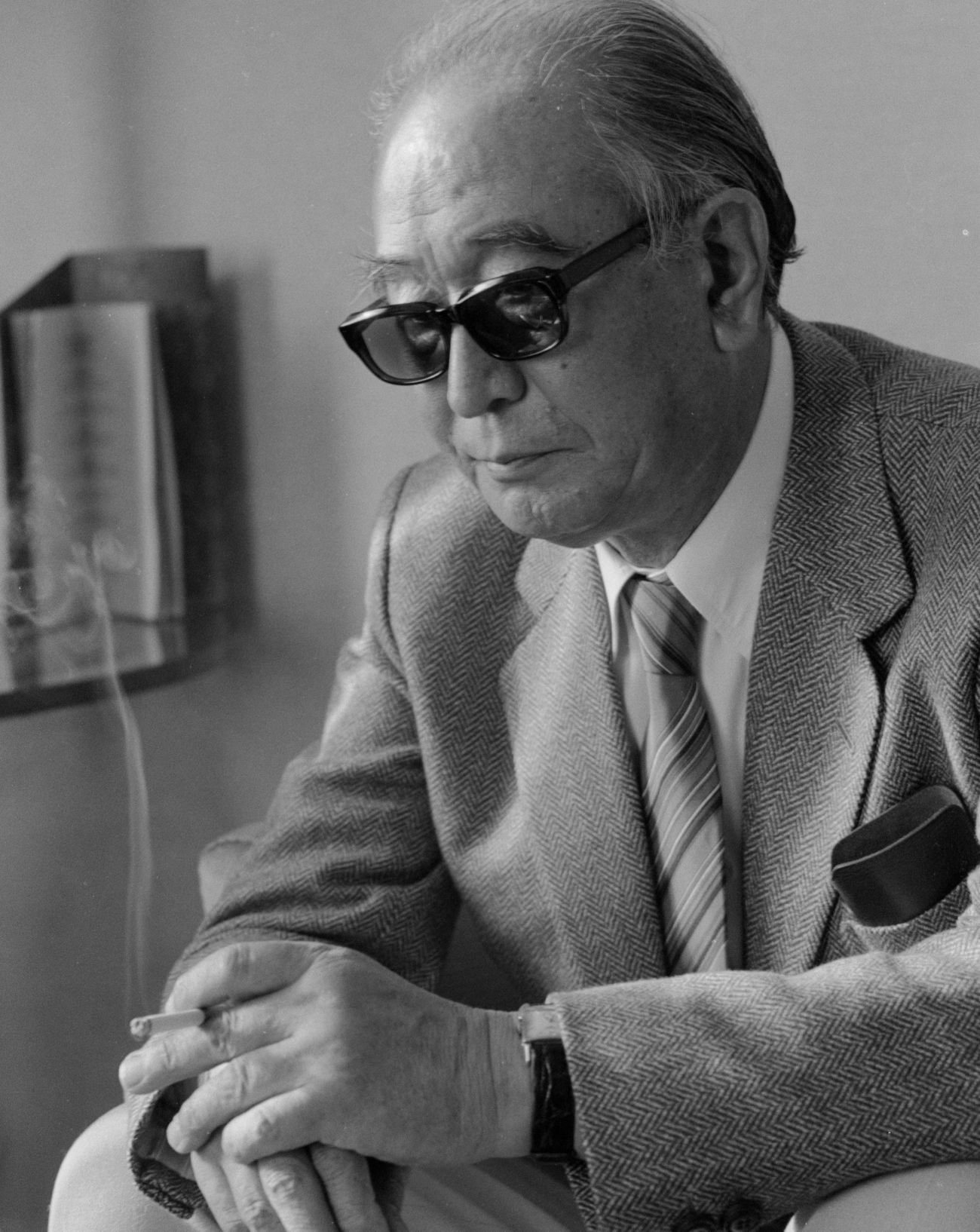
3

3
Amy Winehouse, Grammy queen, is celebrated in Los Angeles
Ouvert en 2008 à Los Angeles, le Grammy Museum retrace la grande histoire des Grammy Awards, récompenses décernées chaque année aux meilleurs musiciens américains. Jusqu’au 13 avril, le musée consacre l’un de ses espaces à une figure emblématique de la soul (et des Grammy Awards) : la chanteuse Amy Winehouse, lauréate de cinq trophées.
Par Alexis Thibault,
By Alexis Thibault.

Amy Jade Winehouse est encore adolescente lorsqu’elle ère de label en label à la recherche d’un producteur. Elle compose des ballades épurées, écorchées, et sa guitare sèche agit comme un bouclier qui la protège des horreurs du monde. Dans sa chambre, le groove se fond à sa voix sanguinolente, pétrifiant ses proches lors des réunions de famille. Amy parle de ses doutes, de ses idoles, de ses amours déchus, elle manie le contretemps comme personne, conserve un air candide et ne sait pas encore qu’elle finira par s’autodétruire. À l’époque, elle n’a pas signé chez Island Records, une filiale du mastodonte Universal. À l’époque, le producteur Gil Cang n’est pas tombé sous son charme dans un studio londonien, sur Hornsey Road. À l’époque, Mark Ronson ne compose pas pour elle. Sa chevelure d’un noir de jais ne se dresse pas en chignon rétro. L’épais trait d’eyeliner commence tout juste à signer son regard.
Élevée par sa grand-mère – qui est aussi sa confidente et sa meilleure amie –, Amy Winehouse se forge une culture musicale dominée par le jazz, des improvisations de Thelonious Monk aux excentricités de Charlie Mingus. À la fin des années 90, les plateformes de téléchargement gratuit prolifèrent. La jeune fille d’origine juive russe issue de la middle-class banlieusarde de Londres en profite pour parachever sa formation autodidacte. Sa voix, sa dégaine et sa nonchalance l’inscriront à un panthéon alternatif, celui des artistes qui ont le droit de s’en foutre. Le nom de cette jeune fille prisonnière de sa banlieue soporifique atterrit finalement sur toutes les lèvres, des New Musical Express Awards, aux Brit Awards. À 24 ans, elle titube fièrement entre les guitares crachant le son de la Motown. Et les fameux contretemps forgent sa légende. Frank est sorti en 2003, Back to Black en 2006. Amy Winehouse devient la clef de voûte de l’archétype “splendeur et décadence” ressuscitant avec brio le son des seventies. Mais la diva ne sera véritablement reine qu’à titre posthume. À croire que la poudre et le vin rouge procurent davantage de plaisir que la clameur de la foule. Icône favorite des tabloïds pour ses excès peu glamour, elle s’est éteinte du côté de Camden Town, le 23 juillet 2011, noyée par ses propres vices.
Le 10 février 2008 au Staples Center de Los Angeles, Tony Bennett annonce, derrière son pupitre, le vainqueur du Grammy Awards de l’enregistrement de l’année : Amy Winehouse. Mais la diva est à 5 000 kilomètres du chanteur de jazz. Elle se produit à Londres et apprend la nouvelle sur scène. Ce soir-là, elle raflera cinq prix sur six nominations : le Grammy de l'enregistrement de l’année pour Rehab, celui de la chanson de l’année et de la meilleure performance féminine pour le même morceau, le trophée de la révélation de l’année et celui du meilleur album vocal pop pour Back to Black. Tout juste sortie de cure de désintoxication, Amy Winehouse remercie sa mère, son père, Londres et Blake Fielder-Civil son compagnon de l’époque, alors incarcéré…
Douze ans après cette razzia, le Grammy Museum consacre, jusqu'au 13 avril, une exposition à la diva de la soul. Beyond Black: The Style of Amy Winehouse réunit une partie de son vestiaire dont sa robe noire Dolce & Gabbana ou la robe jaune associée au petit sac rouge en forme de cœur qu'elle portait sur le tapis rouge des Brit Awards, en 2007. Également présentés dans cette exposition : des paroles manuscrites ou encore sa collection personnelle de vinyles.
Beyond Black: The Style of Amy Winehouse, jusqu'au 13 avril 2020 au Grammy Museum, Los Angeles, États-Unis.

Amy Jade Winehouse was still a teenager when she went knocking on the doors of record labels looking for someone to produce her. She composed pure, painful ballads with her guitar as a shield protecting her from the horrors of the world. In her bedroom, the groove blended seamlessly with the opulence of her voice, astonishing family members at get-togethers. Amy sang about her doubts, her idols, her failed loves, she handled mishaps like no one else, all while conserving a candid air, oblivious to the self-destruction lurking on the horizon. At the time, she wasn’t signed by Island Records, a subsidiary of the juggernaut Universal. At the time, the producer Gil Cang hadn’t fallen for her charms in a London studio on Hornsey Road. At the time, Mark Ronson wasn’t composing for her. Her mass of black hair had yet to be teased into its trademark retro beehive. The black winged eyeliner was just starting to sign her gaze.
Raised by her grandmother – who was also her confidante and best friend – Amy Winehouse was nourished on a musical diet dominated by jazz, from the improvisations of Thelonious Monk to the eccentricities of Charlie Mingus. At the end of the 1990s, the number of free download platforms was proliferating. The young woman from a London Jewish middle class background took full advantage of this new era to complete her musical education. Her voice, her unusual appearance and her nonchalance thrust her into the alternative pantheon, that of the artists who simply don’t give a fuck. The name of this girl from the sleepy burbs was finally all anyone could talk about, at the New Musical Express Awards, at the Brit Awards. Aged 24 she proudly staggered between guitars spitting the sounds of Motown. And the endless set-backs made her a legend. Frank was released in 2003, Back to Black in 2006. Amy Winehouse becomes the keystone of the “splendour and decadence” archetype, resuscitating the sound of the seventies with brilliance. But the diva would only truly be a queen posthumously. Cocaine and red wine seemed to give her more pleasure than the clamour of an adoring crowd. She became the tabloid’s favourite icon for her unglamorous excesses, and she died in Camden Town on July 23rd, 2011, drowned by her own vices.
On February 10th, 2008 at the Staples Center in Los Angeles, Tony Bennett announced, from behind his pulpit, the winner of the Grammy Awards for best record that year: Amy Winehouse. But the diva was 5,000 kilometres away from the easy listening legend. She was performing in London and heard the news while on stage. That evening, she went on to win five prizes out of six nominations: the Grammy for Record of the year for Rehab, for Song of the year, for Best Female Performance for the same song, for New Artist and Female Pop Vocal Performance for the album Back to Black. Fresh out of rehab, Amy Winehouse thanked her mother, father, London, and Blake Fielder-Civil, her then-imprisoned boyfriend at the time …
Twelve years after sweeping the board with her brilliance, the Grammy Museum is devoting an exhibition to the soul diva until April 13th. Beyond Black: The Style of Amy Winehouse brings together a part of her wardrobe including her black Dolce & Gabbana dress and the yellow dress worn with a red heart-shaped handbag on the red carpet at the Brit Awards in 2007. Also presented in this exhibition are hand-written score sheets and her personal collection of vinyl.
Beyond Black: The Style of Amy Winehouse, on until April 13th 2020 at Grammy Museum, Los Angeles, USA.














